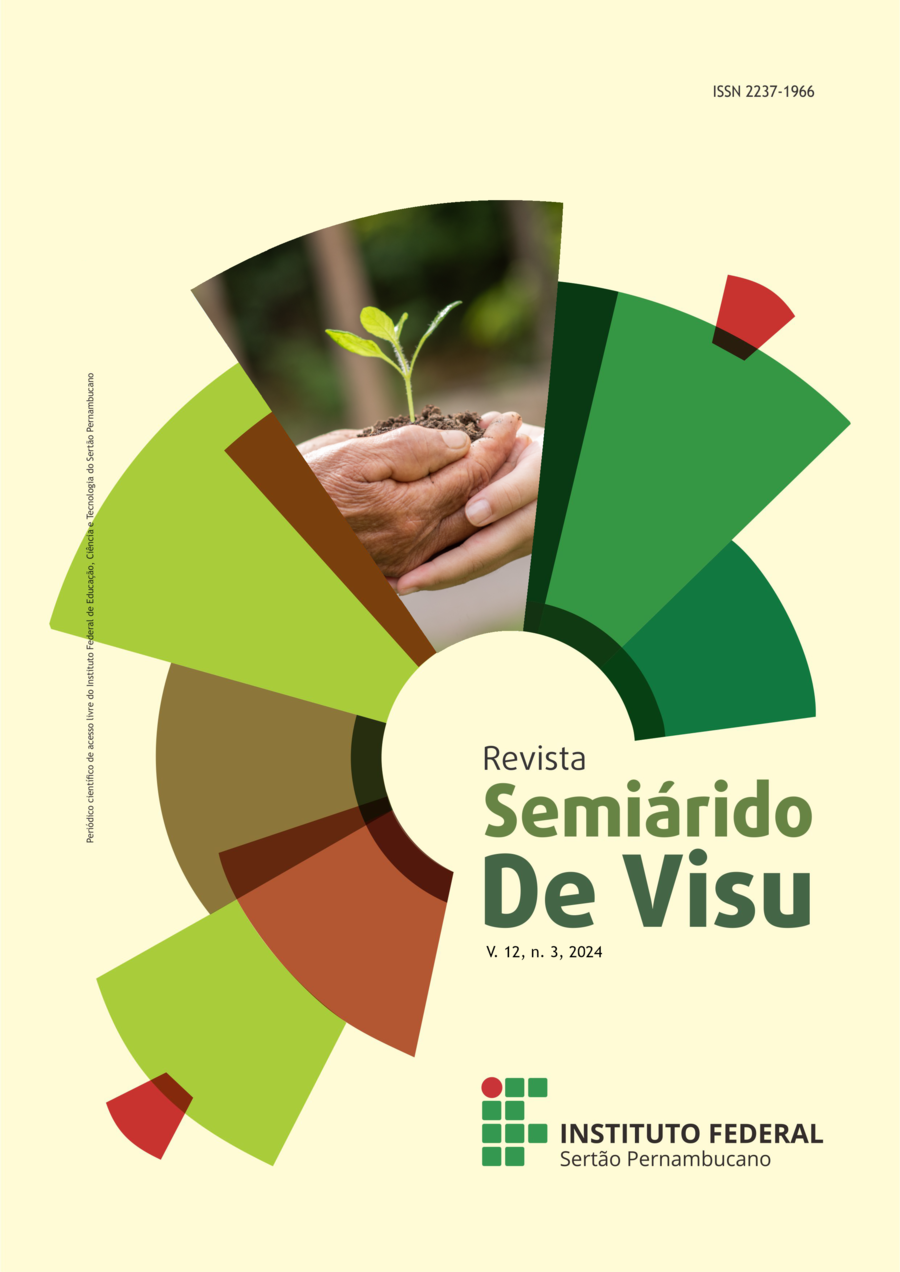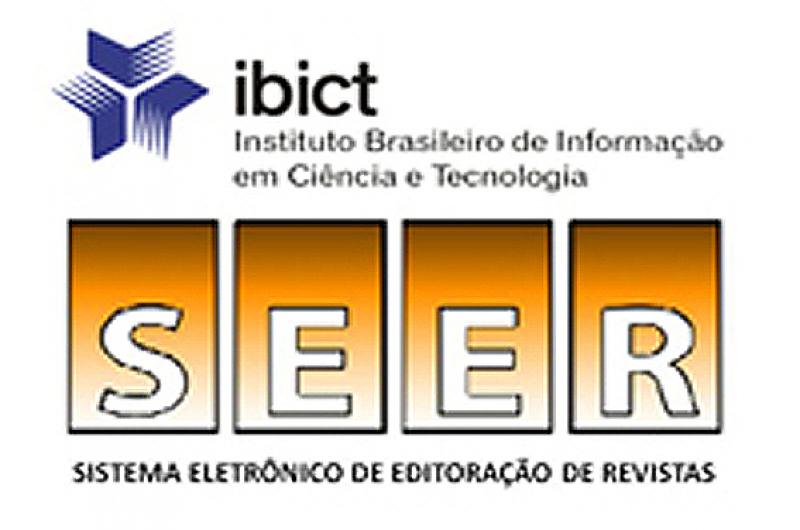Evaluation of bioactive filmogenic solutions in tilapia fillets (Oreochromis niloticus)
DOI:
https://doi.org/10.31416/rsdv.v12i3.1059Keywords:
antioxidant, xilogucan, fish, ascorbic acidAbstract
Fish is a food that is nutritionally rich in protein, therefore it is a food that degrades quickly and therefore various researches focus on increasing the lifespan of both animals. This study aims to develop filmogenic solutions based on xyloglucan with ascorbic acid and their applicability to tilapia fish. For this purpose, analyzes of pH, ascorbic acid, cocção (weight loss and water retention capacity) and color (RGB and CIEL*a*b*) were carried out. All pH values are presented below the limit of 7 and are maintained in accordance with legislation. The analysis of ascorbic acid (shown FXA) indicates a higher initial retention that slowly decreases over two days of storage. In relation to the cooking analyses, we observe that the FX and FXA samples do not show any loss or water retention when compared to the control. In the analysis through the RGB system no significant differences are verified between the days of study and between the samples and the predominant pigment is the red. In the analysis of the coated tilapia strands through sky or without similar patterns of tons that are slightly shiny and light, bluish and slightly green, the Delta and all samples are presented at a level. of perception at first sight. It is concluded, therefore, that filmogenic solutions with or without a biomolecule are only suitable for application in fish fibers, highlighting those that contain ascorbic acid in the polymeric matrix.
References
ARRUDA, I. R. S.; ALBUQUERQUE, P. B. S.; SANTOS, G. R. C.; SILVA, A. G.; MOURÃO, P. A. S.; CORREIA, M. T. S.; VICENTE, A. A.; CARNEIRO DA CUNHA, M. G. Structure and rheological properties of a xyloglucan extracted from Hymenaea courbaril var. courbaril seeds. International journal of biological macromolecules, v. 73, p. 31-38, 2015.
BALTI, R. et al. Active exopolysaccharides based edible coatings enriched with red seaweed (Gracilaria gracilis) extract to improve shrimp preservation during refrigerated storage. Food Bioscience, v. 34, p. 100522, 2020.
BARCELOS, S. C. Desenvolvimento e caracterização de queijo tipo petit suisse
caprino potencialmente prebiótico com polpa de acerola (Malpighia emarginata DC). 2017. (Dissertação de Mestrado). Programa de Pós-Graduação em Tecnologia de Alimentos, Instituto Federal de Educação, Ciência e Tecnologia do Ceará, Limoeiro do Norte, 2017.
BERALDO, J.; GARCIA, L. V.; MARFORI, T. G. Impacto da dieta mediterrânea e dieta low carb sobre a síndrome metabólica: uma revisão sistemática. Revista Ciência e Saúde On-line, 5(3), 19-30, 2020.
BRASIL. Resolução - RDC Nº 21, de 31 de Maio de 2017. Aprova o regulamento técnico que fixa a identidade e as características de qualidade que deve apresentar o peixe congelado. Regulamento Técnico Diário Oficial da República Federativa do Brasil. 31 mai 2017.
CERQUEIRA, M. A.; PINHEIRO, A. C.; SOUZA, B. W. S.; LIMA, A. M. P.; RIBEIRO, C.; MIRANDA, C.; TEIXEIRA, J. A.; Moreira, R. A.; COIMBRA, M. A.; GONÇALVES, M. P.; VICENTE, A. A. Extraction, purification and characterization of galactomannans from non-traditional sources. Carbohydr. Polym., 75, 408–414, 2009.
Converting Colors, 2024. Disponível em: http://www.convertingcolors.com/. Acessado em: 12 de dezembro de 2023.
FAO. Food and Agriculture Organization of the United Nation. The state of world fisheries and aquaculture, 2020.
FARIAS, M. D. P. et al. Adição de quitosana em fishburger: características microbiológicas, sensoriais e de cocção. Conexões-Ciência e Tecnologia, v. 13, n. 5, p. 55-60, 2019.
FARIAS, Mirla DP et al. Xyloglucan from Hymenaea courbaril var. courbaril seeds as encapsulating agent of L-ascorbic acid. International journal of biological macromolecules, v. 107, p. 1559-1566, 2018.
GAMA, T. M. M. T. B. et al. A INFLUÊNCIA DE TRATAMENTOS TÉRMICOS NO TEOR DE AMIDO, COLORIMETRIA E MICROSCOPIA DE PINHÃO NATIVO (Araucaria angustifolia) E PINHÃO PROVENIENTE DE POLINIZAÇÃO CONTROLADA. Revista Brasileira de Tecnologia Agroindustrial, v. 4, n. 2, 2010.
GARCIA, D. M. et al. Uso de revestimento comestível à base de resíduo de frutas adicionado de polpa de acerola para a conservação de frutas minimamente processadas. Brazilian Journal of Development, Curitiba, v. 8, n. 1, p. 6301-6312, 2022.
GONÇALVES, L. F.; MITUUTI, C. T.; HAAS, P. Efetividade da alimentação na prevenção do câncer de tireoide: revisão sistemática. Revista Brasileira de Cancerologia, 66(4): e-101072, 2020.
HONORATO, C. A. et al. Caracterização física de filés de Surubim (Pseudoplatystoma sp.), Pacu (Piaractus mesopotamicus) e Pirarucu (Arapaimas gigas). Arquivos de Ciências Veterinárias e Zoologia da UNIPAR, v. 17, n. 4, 2014.
INSTITUTE OF MEDICINE/FOOD AND NUTRITIONAL BOARD. Dietary reference intakes for vitamin C, vitamin E, Selenium, and Carotenoids. Washington, DC: National Academies Press, 2000.
IAL. INSTITUTO ADOLFO LUTZ. Métodos físico-químicos para análise de alimentos. 4. ed. São Paulo: Instituto Adolfo Lutz, 2008.
ITAL. Instruções Técnicas: Princípios e aplicações da colorimetria em alimentos, n. 19. São Paulo: Governo do Estado de São Paulo, 1981.
KURODA, C. N. et al. Conservação e qualidade de filés de grumatã (Prochilodus lineatus) após diferentes períodos de depuração e congelamento. Ciência Animal Brasileira, v. 21, 2021.
LEON, K.; MERY, D.; PEDRESCHI, F.; LEÓN, J. Color measurement in L*a*b units from RGB digital images. Food Research International, Ontário, v.39, n.10, p. 1084-1092, 2006.
MARQUES, Caroline et al. Prediction of food quality parameters in fish burgers by partial least square models using RGB pattern of digital images. Journal of Food Science and Technology, v. 59, n. 8, p. 3312-3317, 2022.
MARKOVIC, Ivana et al. Color measurement of food products using CIE L* a* b* and RGB color space. Journal of hygienic Engineering and Design, v. 4, n. 1, p. 50-53, 2013.
NASCIMENTO, P. M. & SCALABRINI, H. M. Benefits of ômega 3 in cardiovascular disease prevention: integrative literature review. International Journal of Nutrology, 13, 95-101, 2020.
NEIVA, C. R. P. Laboratório de Tecnologia do Pescado – Instituto de Pesca. Aplicação da Tecnologia de Carne Mecanicamente Separada – CMS na Indústria de Pescado. 2007.
PEARSON, D. Técnicas de laboratório para el análises de alimentos. Zaragoza, Espanha: Acribia, 1976.331p.
PRABHAKAR, P. K.; VATSA, S.; SRIVASTAVI, P. P.; PATHAK, S. S. A comprehensive review on freshness of fish and assessment: Analytical methods and recent innovations. Food Research International, 133, 1-17, 2020.
RADY, A.M.; ADEDEJI, A.; WATSON, N.J. Feasibility of utilizing color imaging and machine learning for adulteration detection in minced meat. Journal of Agriculture and Food Research, 6, p.100251 2021.
SCHREIBER, F. H. R.; ZUCATTO, L. C.; LAZZARI, R. Canais de comercialização do pescado de água doce: um estudo em municípios da mesorregião Noroeste do Rio Grande do Sul. Research, Society and Development, 10(5), 2021.
SEABRA, L. M. J. et al. Fécula de mandioca e farinha de aveia como substitutos de gordura na formulação de hambúrguer de carne ovina. Ciência e Tecnologia de Alimentos, Campinas, v. 22, n. 3, p. 245-248, 2002.
SILVA, J. C. da; LIRA, A. M. M. de; SÁ, D. M. A. T.; SILVA, R. V.; FARIAS, M. D. P. AVALIAÇÃO COLORIMÉTRICA DE ALIMENTOS: CONSTRUÇÃO DE UM PROTÓTIPO COM TECNOLOGIA DE IMPRESSÃO 3D. RECIMA21 - Revista Científica Multidisciplinar - ISSN 2675-6218, [S. l.], v. 4, n. 5, p. e453147, 2023. Disponível em: < https://recima21.com.br/index.php/recima21/article/view/3147 >. Acesso em: 12 jul. 2023.
SILVA, I. C. G., DUARTE, M. T. R., LANDIM, L. A. S. R., DUARTE, C. T. T. Deficiency of vitamins and minerals: the role of technology in health prevention: an integrative review. Research, Society and Development, 9(10), e4129108700, 2020.
SOARES, L. A.; TAKEUTI, T. D.; VALERI, P. A. O.; SILVA, A. A.; LARA, B. H. J.; TERRA-JÚNIOR, J. A.; FREITAS, O.; CREMA, E. Impactos nutricionais da ingestão alimentar dos ácidos graxos ômega 3 de óleo de palma: uma revisão. Revista Brasileira de Obesidade, Nutrição e Emagrecimento, 10(56), 105-114, 2016.
SOARES, T. C. et al. Efeitos da suplementação das vitaminas C e E na prática de atividade física: uma revisão sistemática. Revista Eletrônica Acervo Saúde, v. 11, n. 7, p. e354-e354, 2019.
WU, L.; PU, H.; & SUN, D-W. Novel techniques for evaluating freshness quality attributes of fish: A review of recent developments. Trends in Food Science & Technology, 83, 259-273, 2019.
Downloads
Published
How to Cite
Issue
Section
License
Copyright (c) 2024 Revista Semiárido De Visu

This work is licensed under a Creative Commons Attribution 4.0 International License.















